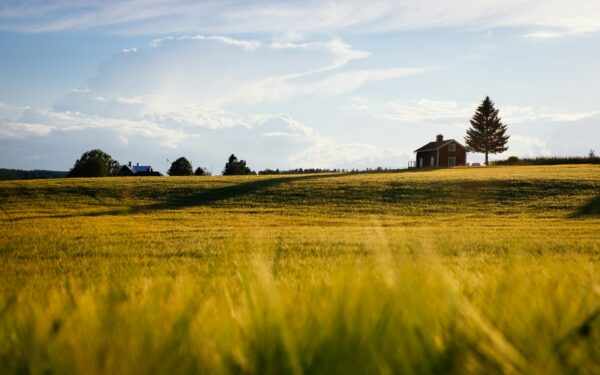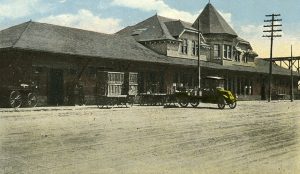
By Terry Grover – Penhold, Alta.
I was favoured with two older brothers, Dennis and Gerald, and a younger sister, Karen. We all had chores to do at our home south of Hays, Alta.
For the boys, milking cows, putting up hay, cleaning out the barn, and feeding the pigs and chickens was normal. Karen helped mom with cooking, gardening, flower beds, and housework.
The last year my older brothers were still kids at heart was 1955. After that, even though they were boys, they took on more work and bigger, more responsible tasks.
The country roads hadn’t been gravelled yet. Television was a year or two away, but we did have a battery radio that we used sparingly. One of our favourite programs was the Lone Ranger. It came on at 4:30 p.m. We’d hurry home from school and planned chores accordingly so we could listen.
Brother’s bespoke outfit
It was the summer when Dennis took to wearing a western outfit he’d put together. He made chaps from an old knee-length buffalo coat.
He found metal conchos somewhere that he tied to the chaps with leather boot laces. A jacket with sleeves removed became a vest. A black faced pocket watch on a fancy chain went into the little pocket on a pair of GWG cowboy kings.
Big western handkerchiefs (bandanas) were still available at Jones hardware store in town. Dennis knotted a red and white dotted one around his neck rather than the blue and white dotted one I preferred.
We had a couple pairs of spurs but they were without straps. When I wanted to wear a pair, I would simply fasten them on with rubber jar rings. Dennis modified an old leather belt to secure his spurs to his boots.
He was armed with a pair of ‘mother of pearl’ white plastic handled silver inlaid and scrollwork decorated 45s. Roy Rogers, Gene Autry, Annie Oakley, Dale Evans, and others lent their names to a variety of toy handguns.
What name brand Dennis wore, I don’t remember, but they rested in twin holsters which hung on a T.Eaton catalogue-bought leather cartridge belt full of plastic bullets. Light tan work gloves protected his hands. A white cowboy hat completed the ensemble. He wore it almost everyday that summer.
No danger of ambush in the bush
Our hideout went up in the middle of the hayfield. It measured about eight feet by six feet and the roof was high enough to stand up inside. It was made from whatever we could find: shiplap boards, plywood, two-by-fours, and tar paper. A piece of canvas tarp covered the entrance.
There was no danger of anyone covertly sneaking up on the hideout because the hayfield was extremely flat. But if they did manage it, Dennis had taken a paintbrush and black lettered the words ‘KEEP OUT’ on a board nailed above the canvas tarp door.
When our cousins came to visit, they immediately liked the hideout! They thought we had it made. Inside, wooden apple and orange boxes were used for furniture. On a hot day, mom would send Karen out with a pitcher of Freshie and a pan of cookies.
Mostly we sat on the ground, read comics, and planned our next adventure. It might be a scouting trip, practicing our gun draws, tossing a rope at a post, or what to do in the event of trouble! Sometimes we just waited until mom called us in at suppertime. Every day was a perfect day that summer!
My older brothers were full-fledged members. Since I was only eight in 1955, I was not. I did have a Texas Ranger badge, but as I recall, I had to be 10 years of age for membership in the Hideout Gang!
The hideout ‘disappeared’ when dad cut hay in early September.



